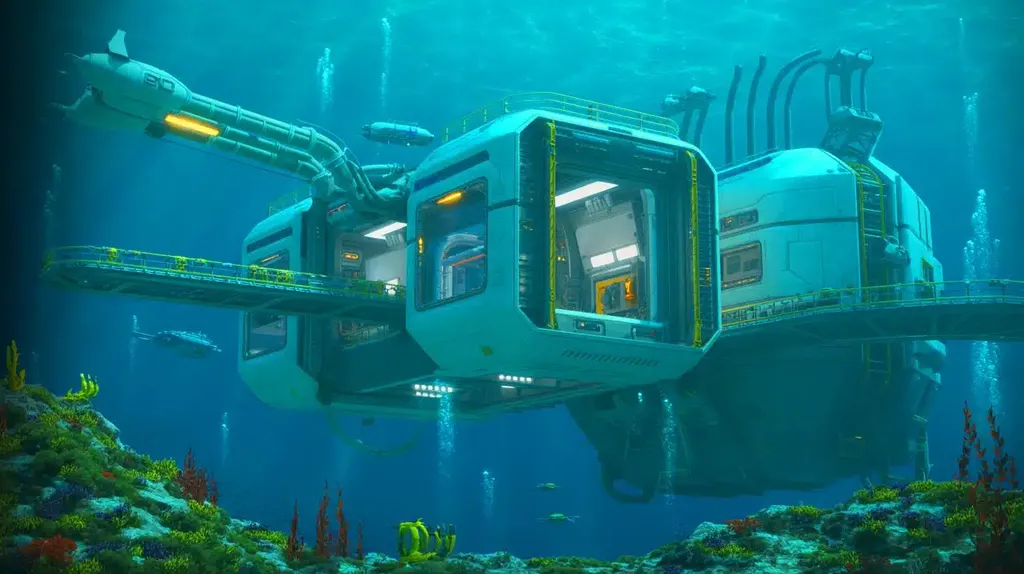In the ever-evolving world of ocean exploration, a team of researchers led by Tingyu Wang from the School of Nanoscience and Technology at the University of Chinese Academy of Sciences has made significant strides in the development of underwater flexible sensors. These sensors, which are designed to be highly compliant and adaptable to harsh underwater environments, are set to revolutionize the way we perceive and interact with the deep sea.
The research, published in the Journal of Underwater Unmanned Systems, focuses on the integration of these sensors in complex underwater scenarios, such as those with high hydrostatic pressure, large strains, and corrosion resistance. This is crucial for enhancing the perception capabilities of underwater soft robots, diving equipment, and marine exploration devices.
So, what does this mean for the maritime industry? Well, imagine underwater robots that can mimic the movements of marine life, equipped with sensors that can withstand the immense pressure of the deep sea. These robots could explore shipwrecks, inspect underwater infrastructure, or even assist in search and rescue operations. The potential applications are vast and varied, offering new opportunities for innovation and growth in the maritime sector.
Moreover, the sensors can be used in diving equipment, providing divers with real-time data on their surroundings, enhancing safety, and improving the efficiency of underwater operations. This could be a game-changer for industries like offshore oil and gas, underwater construction, and marine research.
The research also highlights the need for further development in multimodal integration, intelligent decoupling, and biomimetic integration technologies to overcome the bottlenecks in adaptability and long-term reliability of these sensors. As Wang puts it, “Overcoming these challenges requires a focus on the two major application scenarios of proprioception and environmental perception.”
In essence, this research opens up new avenues for the maritime industry, offering innovative solutions for underwater exploration and operation. It’s an exciting time for the sector, and we can expect to see more developments in this area in the coming years. As the research concludes, these findings offer new insights and potential solutions for the future development of underwater flexible sensors, paving the way for a new era of ocean exploration.

